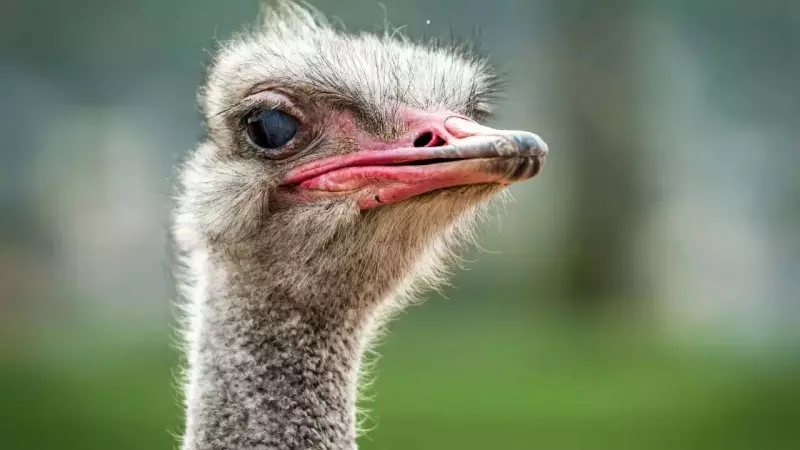
Think you know ostriches? These magnificent flightless birds harbor secrets that will completely change your perception of them. Prepare to have your mind blown by these incredible revelations about nature's most misunderstood giant.
The Eyes Have It: Nature's Largest Peepers
Did you know that ostriches possess the largest eyes of any land animal? Each eye measures approximately 2 inches across - larger than their brain! This extraordinary visual equipment gives them exceptional eyesight, allowing them to spot predators from incredible distances across the African savannah.
Brain vs Brawn: The Surprising Truth
Contrary to the popular myth, ostriches don't actually bury their heads in the sand. This misconception likely arose from their defensive behavior of lying flat on the ground to avoid detection. When danger approaches, they press their long necks to the earth, creating an optical illusion that makes them appear headless from a distance.
Speed Demons of the Animal Kingdom
Forget cheetahs - when it comes to sustained speed, ostriches are the true champions. These incredible birds can maintain speeds of 30-35 mph for extended periods, covering up to 16 feet in a single stride. Their powerful legs aren't just for running - they can deliver kicks strong enough to kill a lion!
More Amazing Ostrich Revelations:
- Unique Foot Structure: Ostriches are the only birds with two toes per foot, giving them better balance and speed
- Dietary Surprises: They'll eat anything from plants and seeds to lizards and small turtles
- Temperature Masters: Specialized feathers help them survive extreme temperature variations
- Swimming Capabilities: Despite being flightless, ostriches are surprisingly good swimmers
- Egg-cellent Proportions: Their eggs are the largest of any living bird, equivalent to 24 chicken eggs
- Social Creatures: They live in groups of 5-50 birds with complex social structures
The Final Verdict
Ostriches are far from the simple-minded birds of popular imagination. They're sophisticated creatures with remarkable adaptations that have allowed them to thrive for millions of years. The next time you see an ostrich, remember - you're looking at one of nature's most perfectly evolved survival machines.





